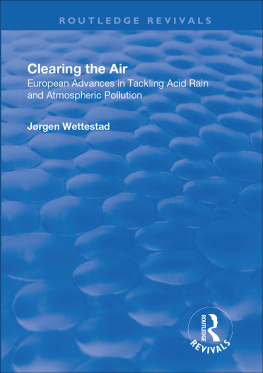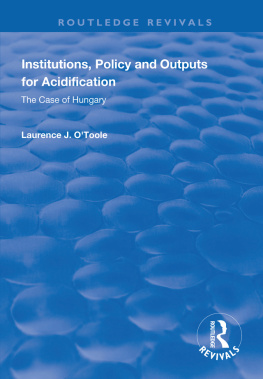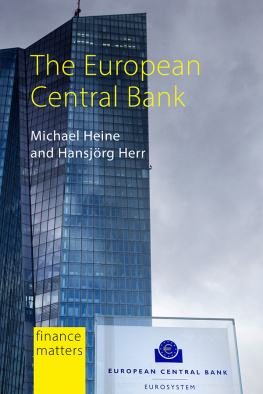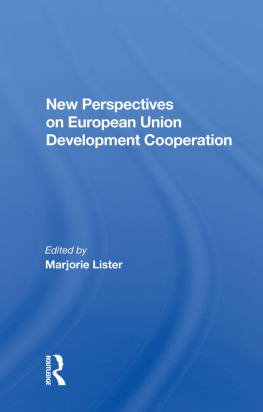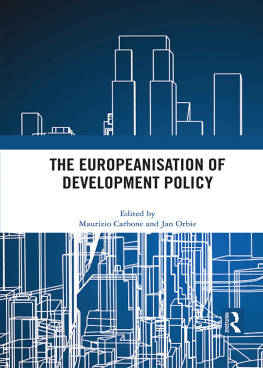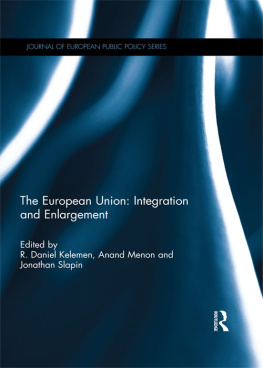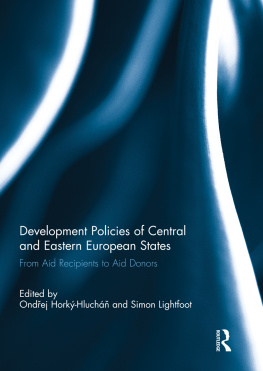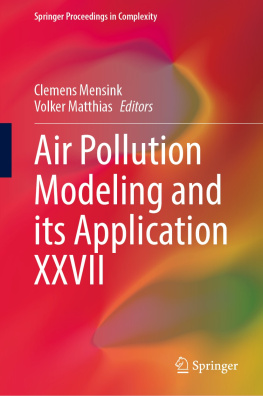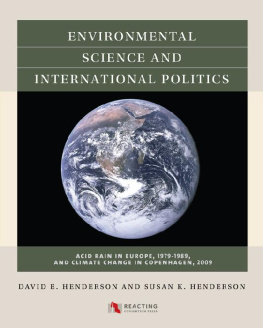First published 2002 by Ashgate Publishing
Reissued 2018 by Routledge
2 Park Square, Milton Park, Abingdon, Oxon OX14 4RN
711 Third Avenue, New York, NY 10017, USA
Routledge is an imprint of the Taylor & Francis Group, an informa business Copyright Jorgen Wettestad 2002
Copyright forgen Wettestad 2002
The author has asserted his moral right under the Copyright, Designs and Patents Act, 1988, to be identified as the author of this work.
All rights reserved. No part of this book may be reprinted or reproduced or utilised in any form or by any electronic, mechanical, or other means, now known or hereafter invented, including photocopying and recording, or in any information storage or retrieval system, without permission in writing from the publishers.
Notice:
Product or corporate names may be trademarks or registered trademarks, and are used only for identification and explanation without intent to infringe.
Publishers Note
The publisher has gone to great lengths to ensure the quality of this reprint but points out that some imperfections in the original copies may be apparent.
Disclaimer
The publisher has made every effort to trace copyright holders and welcomes correspondence from those they have been unable to contact.
A Library of Congress record exists under LC control number: 2001098850
ISBN 13: 978-1-138-73116-5 (hbk)
ISBN 13: 978-1-315-18913-0 (ebk)
This book has grown out of a decade-long interest in the politics of acid rain and air pollution. Initially I focused on the work of the Convention on Long-Range Transboundary Air Pollution (CLRTAP), this work being of great importance for the Norwegian environment. From the mid-1990s I became increasingly aware of the important further development of EU air pollution policy taking place. Hence, when I received the grant for this project from the SAMRAM programme (on central factors affecting Norwegian energy and environmental policy-making) in the fall of 1998, I felt that this was really the right money at the right time for me. I extend warm thanks to SAMRAM and the Norwegian Research Council.
This project has really been a pleasure from start to finish. I have been kindly received by a number of people who shared their experience and insight gratuitously with me. You will find their names in the list of interviews in the Bibliography. I would especially like to thank Lars Bjrkbom, Lars Nordberg, Mari Saether and Magnar delien. A very special thanks goes to Christer gren, who reviewed the whole manuscript thoroughly, helping me to avoid mistakes and offering invaluable insight from one who has served on various sides of the negotiating table.
Moreover, several people have provided splendid comments in various phases of this work: Marcus Amann, Steinar Andresen, Andrew Farmer, Ron Mitchell, Henrik Selin, Jon B. Skjaerseth, Olav Schram Stokke, Arild Underdal and Rudi Wurzel. Thanks to John Taylor for language assistance, and warm thanks to Maryanne Rygg for all kinds of formatting and editing assistance.
I must also thank the Fridtjof Nansen Institute for excellent support; not least by granting the additional funds necessary for turning the initial, rough manuscript into a publishable book. Many thanks also to Kirstin Howgate at Ashgate for believing in this project.
Hats off to musical soulmates for fueling every line in this book: Guy Clark, Steve Earle, James Harman and Chris Isaak.
Polhgda, October 15, 2001
Jrgen Wettestad
The fight against air pollution, leading to acidification of nature and choking cities, has now become a global concern. Although Western Europe and North America experienced these problematic by-products of economic growth quite early, as pinpointed by John McCormick, emissions of many of these pollutants are increasing in much of Eastern Europe, Asia, and Latin America [and have] become a problem for newly industrialising countries as well (McCormick 1998:17). In the face of this challenge, there is clearly a need for a strong political response to meet environmental and health needs. However, as such international policies affect high-valued economic growth and core national interests, how can they be established and strengthened over time? This is the general theme of this book.

